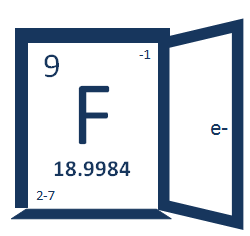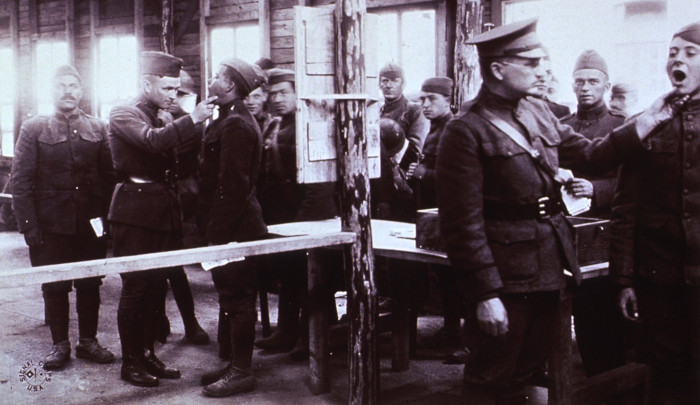The Little Known History of Fluoride A Behind-the-Scenes Look at a 20th-Century Achievement in Science and Health
chapter 2
Let's get clear what tooth decay really is ... and wasCDC declared fluoridation to be one of the 10 great public health achievements in the 20th century.
Because, before we had fluoride, tooth decay was incredibly bad.
Let's look at what CDC said about how bad tooth decay was before fluoride ... with a deeper, behind-the-scenes look at four classic studies from dental history.



"AT THE BEGINNING OF THE 20TH CENTURY, EXTENSIVE DENTAL CARIES WAS COMMON IN THE UNITED STATES AND IN MOST DEVELOPED COUNTRIES. NO EFFECTIVE MEASURES EXISTED FOR PREVENTING THIS DISEASE, AND THE MOST FREQUENT TREATMENT WAS TOOTH EXTRACTION."
CDC wrote the above and cited a classic review paper, titled "Influences for change in the dental health status of populations: an historical perspective."
Published in the Journal of Public Health Dentistry in 1978, this paper was written by one of the most hard-working and prolific oral health epidemiologists in the country ...
Dr. Brian A. Burt A professor in the School of Public Health & the School of Dentistry at the University of Michigan for over 30 years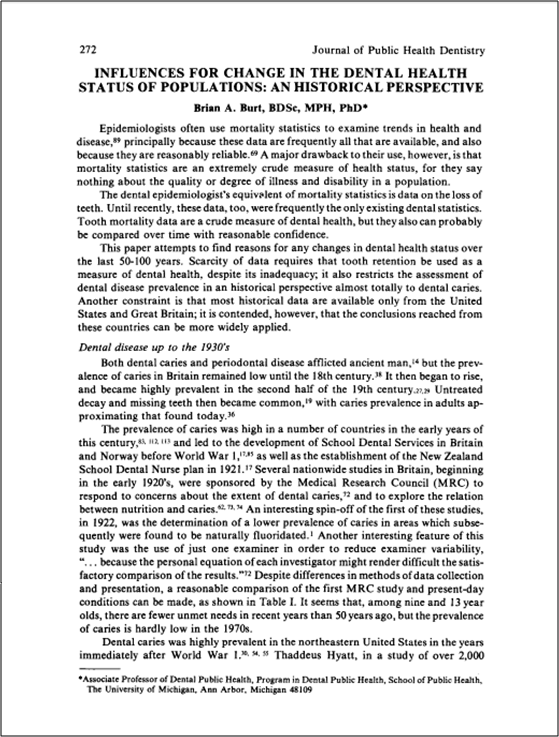

At the University of Michigan in Ann Arbor, they don't do anything half-ass ...
You want ivy on a quaint historic university building? Done. Building covered in ivy.
You want football? Bam. Biggest stadium in the U.S.
You want band geeks? You got it. Over 300 of them marching at half-time.
At the University of Michigan in Ann Arbor, they don't do anything half-ass ...


You want ivy on a quaint historic university building? Done. Building covered in ivy.
You want football? Bam. Biggest stadium in the U.S.
You want band geeks? You got it. Over 300 of them marching at half-time.
And if you want oral health epidemiology?
Look no further than Professor Emeritus Brian A. Burt's 17-page C.V. ... listing over 120 peer-reviewed journal publications, nearly 20 books and book chapters, 65 published abstracts, 10 technical reports, and over 25 years serving on the World Health Organization's expert advisory panel on oral health.
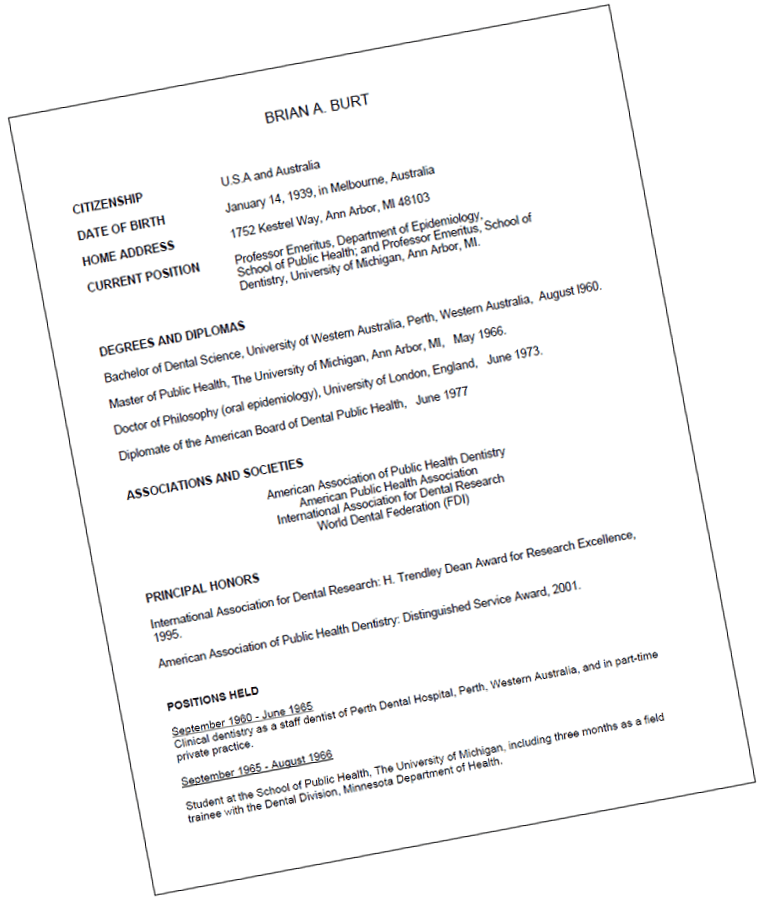
The paper CDC cited in the Ten Great Public Health Achievements review was Dr. Burt's 17th peer-reviewed science article and one of at least three dozen papers he had written over the course of his career that focused on fluoride effects on teeth.
In this paper, he gave a broad review of the history of tooth decay and loss in the United States, Britain, New Zealand, and other Western nations. He examined how prevalent it was to lose teeth to cavities and use extraction as a treatment in these countries during the early and middle parts of the 20th century. And he explored a wide variety of factors that influence tooth loss.
Reflecting on and reviewing influences well beyond cavities and fluoride, he also discussed socioeconomic status, cultural attitudes, patterns in dietary consumption of sugar, the oral healthcare delivery system, and availability of and attitudes towards dental care and prevention – among patients as well as among dentists.


One of the most striking statistics from the data that Dr. Burt reviewed? In 1971, over half of American adults who were older than 55 were missing all of their teeth.
That high amount of toothlessness reflects the prevalence of cavities and extractions that generation experienced throughout the early 1900s ... before research in the 1930s and 1940s, on the effects of fluoride and fluoridation, ushered in a brand-new and effective approach of prevention. An approach that used not only fluoride but a wide variety of science-based tools and methods.
Fluoridation, fluoride toothpaste, fluoride supplements, fluoride mouth rinses, better dental care for kids, and more personal preventive-focused dentistry – they all went hand-in-hand to create what Dr. Burt called a "preventive movement."
"FAILURE TO MEET THE MINIMUM STANDARD OF SIX OPPOSING TEETH WAS A LEADING CAUSE OF REJECTION FROM MILITARY SERVICE IN BOTH WORLD WARS."
CDC gave two citations for this statement about how bad tooth decay was among American recruits in World War 1 and World War 2. The first was on World War 1 data:
Rollo Britten and George St. J. Perrott, 1941. Summary of physical findings on men drafted in the world war.

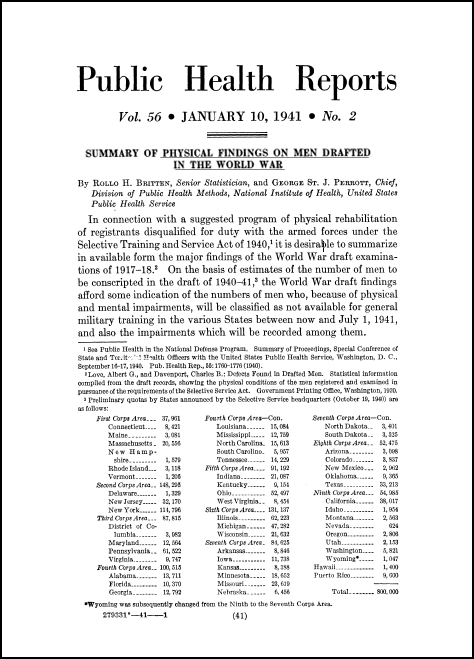
LEADING CAUSES OF REJECTION FROM GENERAL MILITARY SERVICE IN WORLD WAR 1:
- Defective vision
- Flat feet
- Underweight

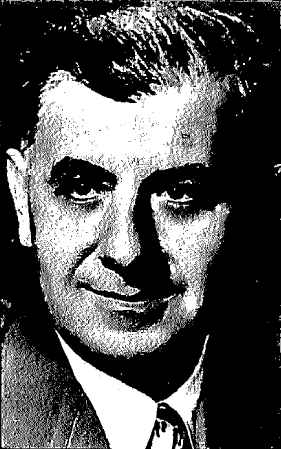
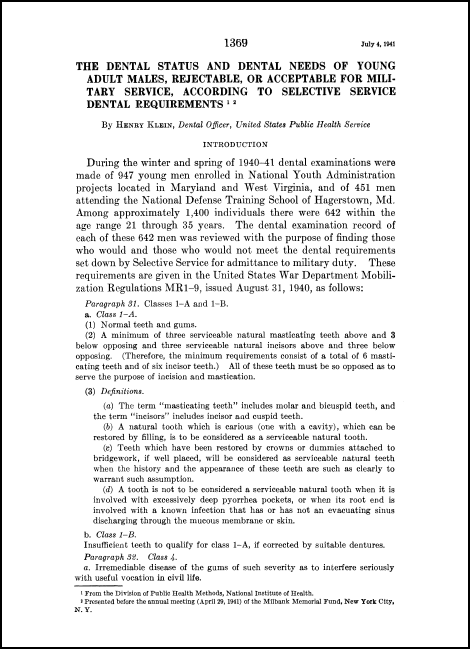
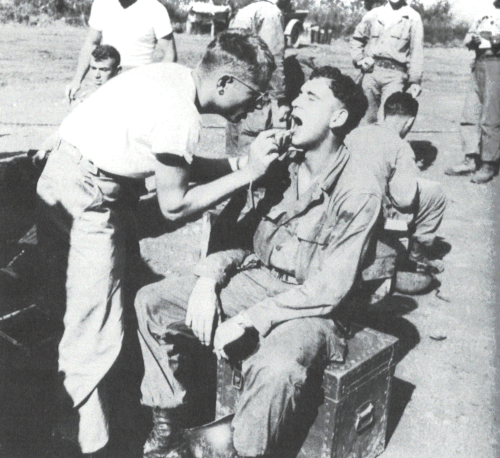


On average, 21-year-olds had 5 teeth with cavities needing fillings.
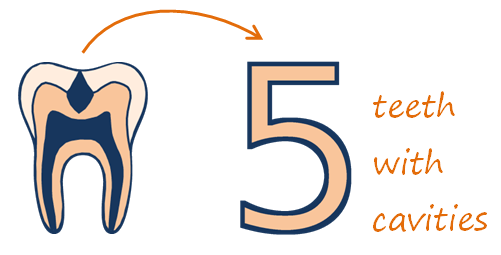
One-third of the men had at least one tooth which was so decayed that it couldn't even be filled and needed to be pulled instead.

84% of the men needed bridges, partial dentures, or full dentures.
84% of 21- to 35-year-olds in their study needed dental prosthetics that today we generally associate with old age.
Even among the men who met the minimum standard of 6 opposing teeth,
9 out of 10 of them needed a bridge or partial denture ... at ages 21 through 35.
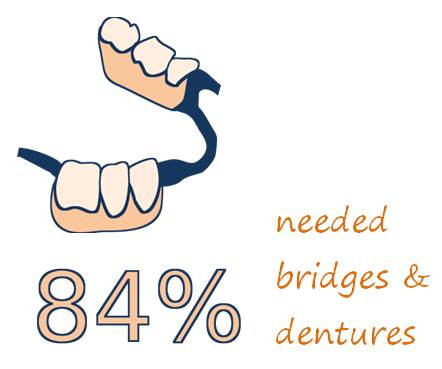
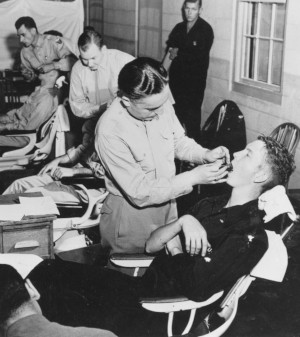
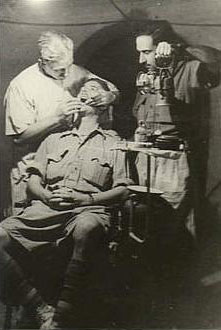

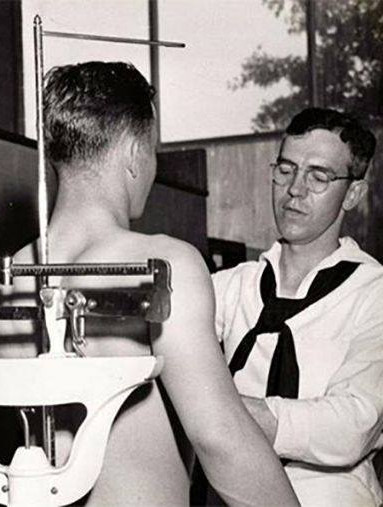
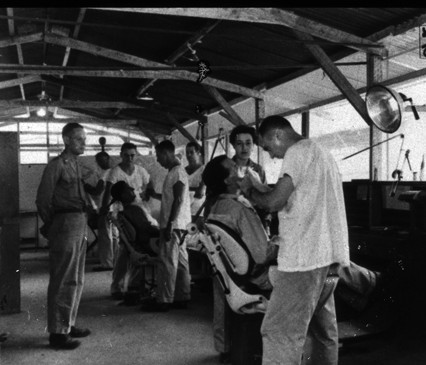
Whew! Those are some shocking statistics. Can you imagine? Over 80% of young American men in the 1940s having dentures or bridges? That is a lot of missing teeth for men so young.
We could have called this page "How the Greatest Generation had the worst teeth" !!
Well, the Greatest Generation may have suffered from some massive levels of tooth decay ... but they were also the generation that won some of our first real battles against cavities. They were the generation that discovered fluoride and its effects on teeth. They also did most of the science leading up to that discovery.
We delve into a key step of that science in the next and final section of Chapter 2 ... Why cavities used to be a mystery.
T-shirts, tanks, mugs, magnets & more featuring CDC's 10 great public health achievements
Shop for science now